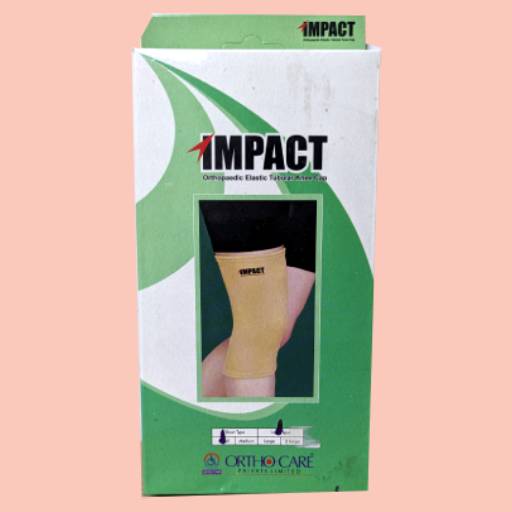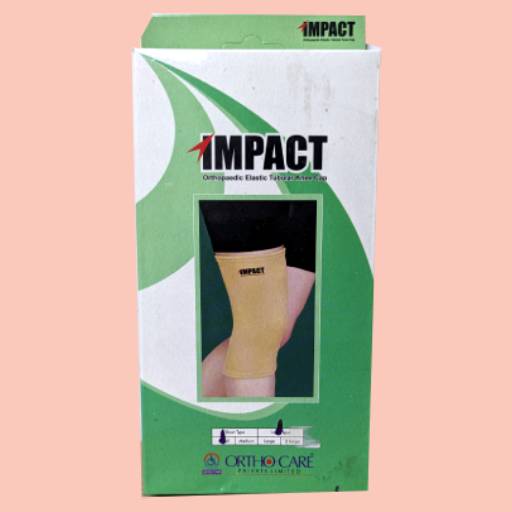Health Care
Kneecap (Impact)
Kneecap (Impact)
Couldn't load pickup availability
Kneecap (patella) injuries resulting from impact are common, accounting for about 1% of all broken bones. The kneecap acts as a shield for the knee joint, making it vulnerable to direct trauma.
Fractures: A direct blow to the kneecap, such as from a fall or motor vehicle accident, can cause a fracture (broken kneecap). Fractures can be stable (bones remain in place) or displaced (bones move out of alignment). In more severe cases, the kneecap can shatter into multiple pieces (comminuted fracture).
Dislocation: An impact, such as a fall or collision, can force the kneecap out of the groove it normally sits in on the thighbone (femur). This is known as patellar dislocation and can cause intense pain, bruising, and inability to walk or straighten the leg. It can be frightening, as the kneecap may be visibly out of place.
Patellar Tendon Tears: A forceful impact, especially one involving a sudden contraction of the quadriceps muscle (like landing from a jump), can potentially tear the patellar tendon, which connects the kneecap to the shinbone. Complete tears are serious injuries that often require surgery and extensive recovery.
Patellar Bursitis: A direct blow to the kneecap can cause inflammation of the bursa, a small fluid-filled sac in front of the kneecap. This can lead to pain and swelling.
Pain and tenderness around the kneecap.
Swelling and bruising.
Difficulty bending or straightening the knee.
Inability to bear weight on the injured leg.
A feeling of instability in the knee joint.
Deformity of the knee in some severe fractures or dislocations.
A popping or snapping sound at the time of injury.
Diagnosis typically involves a physical examination and imaging tests like X-rays, MRI, or CT scans.
Treatment depends on the severity and type of injury.
Minor injuries may respond to rest, ice, compression, elevation (RICE method), and over-the-counter pain medication.
More severe injuries, like displaced fractures or torn tendons, may require immobilization with a cast, brace, or even surgery to repair the damage.
Physical therapy is often crucial for restoring strength, range of motion, and function after a kneecap injury.
Important Note: If you suspect you have a kneecap injury from an impact, especially if you experience severe pain, swelling, instability, or difficulty moving your knee, it's crucial to seek immediate medical attention for proper diagnosis and treatment.
If you suspect you have a kneecap injury from an impact, especially if you experience severe pain, swelling, instability, or difficulty moving your knee, it's crucial to seek immediate medical attention for proper diagnosis and treatment.
Share


